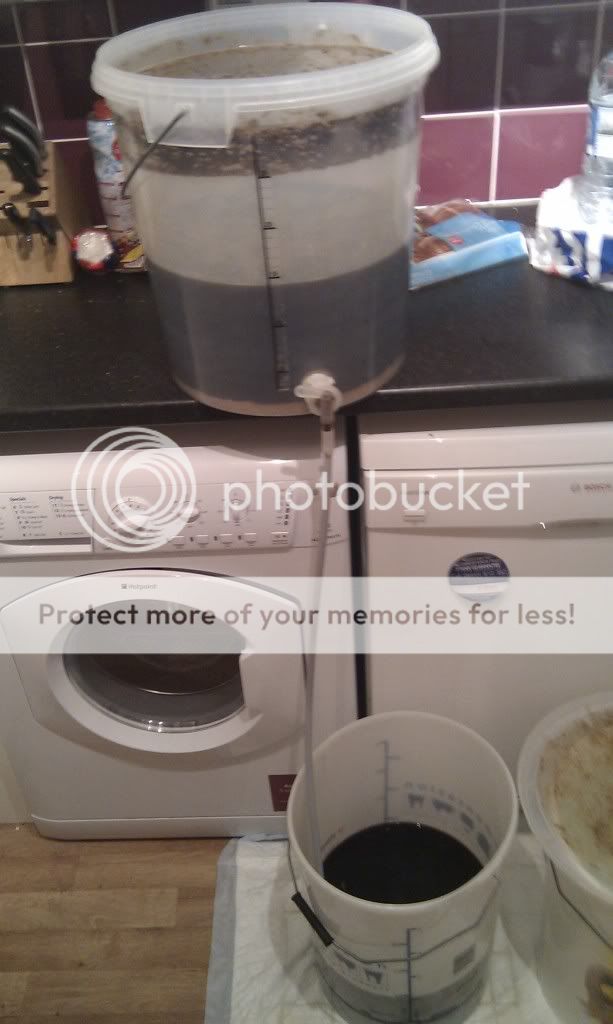 Following a period of high demand we're pleased to announce that we have the King Keg Top Tap back in stock.
Following a period of high demand we're pleased to announce that we have the King Keg Top Tap back in stock.Favoured amongst home brewers due to the wide neck which facilitates easy cleaning, the top tap version of this keg has another advantage in that a glass can be placed immediately under the tap. As beer clears from the top down it is also possible to drink beer earlier than from the bottom tap version.
These kegs have the pin type valve for the 8 gram CO2 bulbs, if you require an S30 type please let us know.




